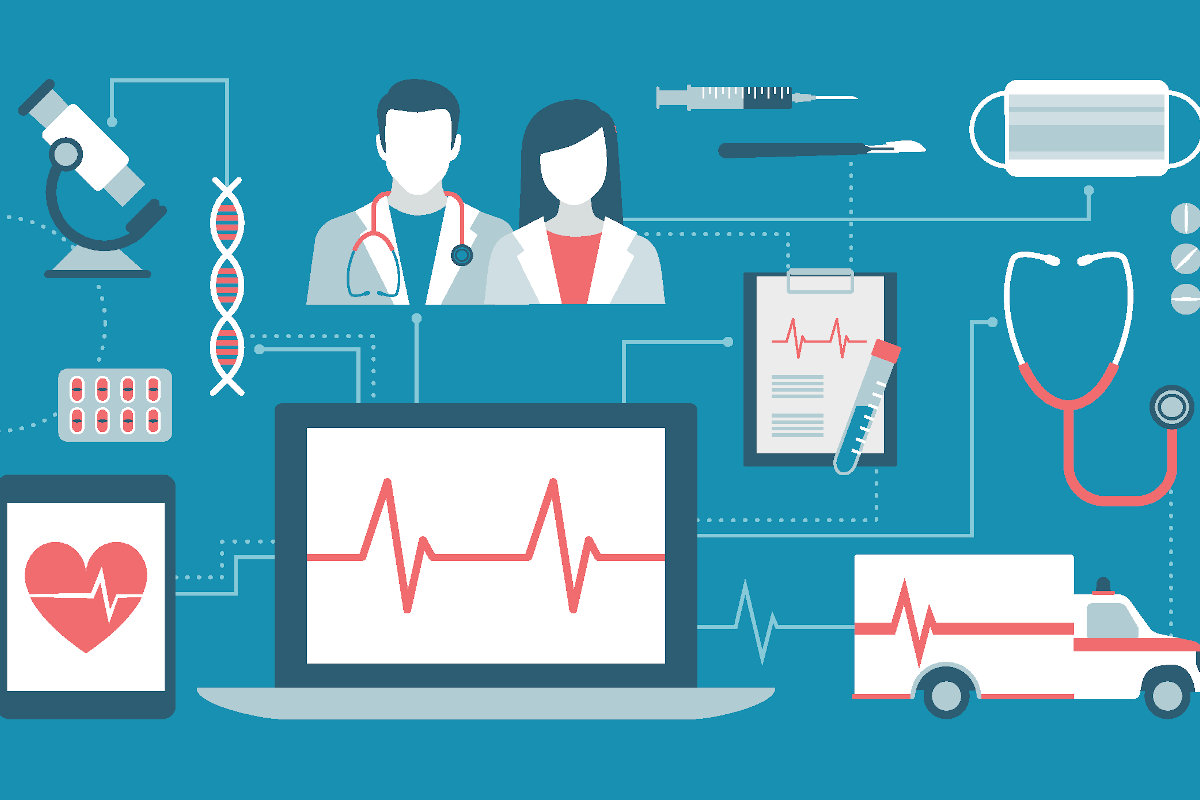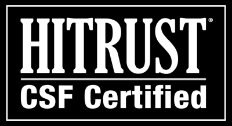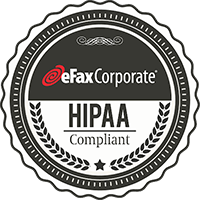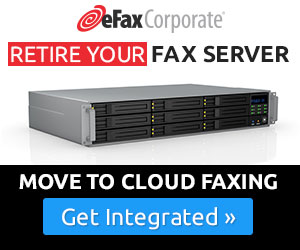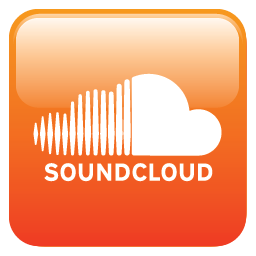One reason the healthcare industry remains far from its goal of achieving ubiquitous interoperability is that many health organizations still find at least some of the technologies involved too costly or difficult to implement. If they haven’t already done so, a rural hospital or small physicians’ practice might view implementing an EHR as a time-consuming and resource-draining initiative. For larger providers, setting up APIs or moving to data-standardization protocols like FHIR 4 might also seem too disruptive to undertake. These organizations’ IT teams are busy dealing with today’s emergencies, after all.
But there is one technology that represents a significant step toward digital interoperability—and any healthcare organization can implement it almost immediately. In fact, it’s simply a modernized version of a data transmission protocol that health providers have been using for decades. It’s digital cloud fax technology.
Here’s how cloud fax can provide a health organization with all of the benefits of faxing—including increased interoperability—while avoiding the many downsides of a traditional fax infrastructure.
3 ways cloud fax boosts interoperability… without the baggage of legacy faxing
1. It leverages the fact that everyone already has fax technology.
Even in 2020, faxing remains one of the most widely used methods of exchanging patient records and related documents. Nearly every practice, clinic, hospital, pharmacy, lab, payer, and other entity in the healthcare ecosystem has a fax machine and a dedicated fax number—and everyone is familiar with the technology. That’s why faxing still accounts for 75% of all patient data exchange.
The widespread use of faxing in healthcare should qualify it as a check mark on a provider’s digital interoperability to-do list. But the goal of interoperability is to make exchanging patient data faster and easier for any healthcare entity. And as anyone learns when they’re forced to use the traditional method—printing out documents, feeding them into a fax machine, dialing a phone number, waiting for all pages to feed through the machine, filing the pages and transmission receipt—paper faxing is one of the slowest and least efficient means of sending and receiving documents.
Cloud fax combines the fax’s interoperability with the efficiency of an online solution. With cloud faxing, by contrast, an organization uses a virtual fax number to send or receive patient documents digitally—via a highly secure email interface or website. There is no need for printing, scanning, dialing, waiting, filing, or taking any of the other manual steps required to complete an analog fax transmission. Even retrieving these documents later is far more efficient with cloud fax solution, which archives all fax data and lets users search for it anytime by date, name, tags, etc.
In other words, cloud fax leverages the ubiquity of faxing—the fact that every healthcare provider already has a fax number and uses faxing in its daily operations—while making the entire process faster, more secure, and more efficient.
2. It fills in the data-exchange gaps for organizations without an EHR.
Although most healthcare organizations have adopted EHR systems, many—particularly those in smaller, rural, and medically underserved communities—have not. This is partly due to the fact that many of these smaller providers fell through the cracks of the government’s Meaningful Use incentive programs to encourage electronic-records adoption. Additionally, these smaller entities simply have less of a budget to upgrade to newer technologies. But all of these budget-strapped healthcare organizations are familiar with faxing and likely use the protocol every day to send and receive patient documents.
Cloud fax helps fill this interoperability gap. With a cloud fax solution, these underrepresented healthcare entities can have the means to efficiently and affordably transmit a high volume of patient records and documents via fax. And unlike the purchase, implementation, and staff training of an entirely new technology like an EHR, rolling out a digital fax solution takes very little time or effort on the part of the company’s IT staff—and almost no time for the medical and administrative staff to learn to use.
3. It encourages data exchange by making the process more compliant with HIPAA.
Traditional faxing leaves a healthcare covered entity vulnerable to many compliance risks. Faxes sent to the wrong number, patient records left sitting on an office fax machine, failure to securely file ePHI faxes after receiving or sending the hardcopies—these can all constitute regulatory violations.
Cloud fax significantly increases a covered entity’s ability to meet HIPAA standards. With a cloud fax solution, a healthcare organization won’t face any of the HIPAA risks common in a legacy fax environment. In this way, cloud faxing encourages patient data exchange by making it safer for covered entities to engage in high-volume faxing of patient data without the concerns or additional precautions needed to safeguard the organization from regulatory violations.
An organization can implement cloud fax immediately
For a healthcare organization trying to move toward digital interoperability, one final advantage of cloud faxing is that it can be rolled out right away.
When the industry talks about digital maturity roadmaps, data standardization, and new interoperability applications, many healthcare providers envision costly projects that divert important resources and disrupt the organization’s normal operations. With cloud fax, though, there are no such expensive or disruptive implementations—just an easy rollout of an intuitive cloud technology that everyone in the organization will grasp almost immediately.
